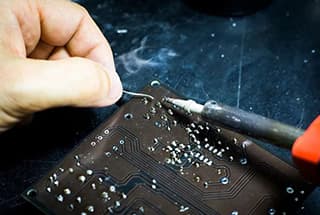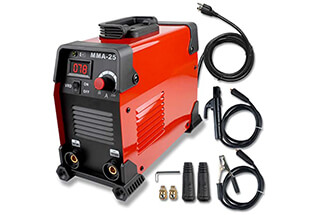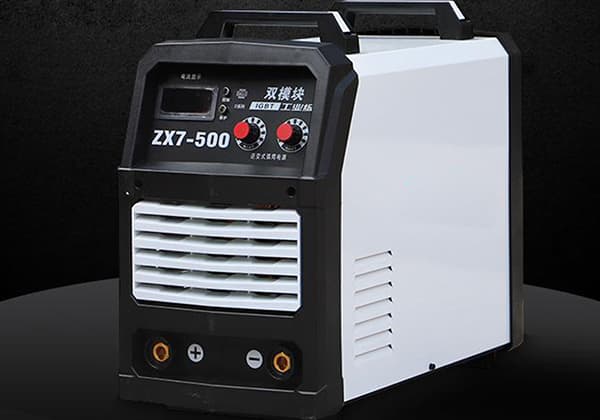
Are you curious about the technological differences between IGBT inverters and SCR rectifier welders? This article explores how these two welding technologies compare in terms of efficiency, portability, and performance. By understanding the advancements in IGBT inverters, you’ll learn why they offer smoother output, higher power efficiency, and greater control, making them a preferred choice for modern welding needs. Dive in to discover how choosing the right welder can significantly impact your welding projects and overall productivity.
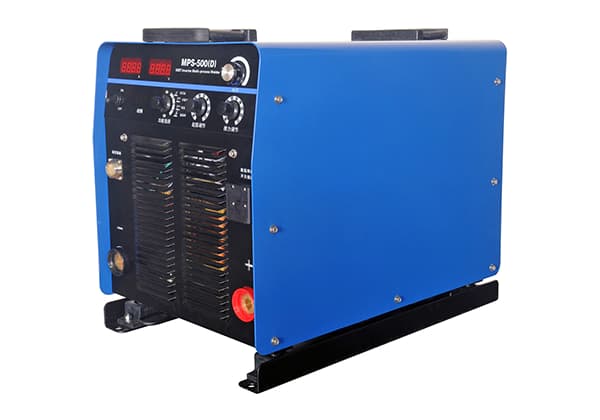
For a long time, traditional controllable silicon welders dominated the welding market and were widely accepted by most consumers. With the country’s requirements for energy saving and emission reduction, energy-saving inverters have entered the stage of welding.
Inverter welders are currently mainly divided into two categories: MOS tube inverter welders and IGBT inverter welders. Among them, IGBT inverter welders are the dominant ones. Let me explain the main differences between IGBT inverter welders and controllable silicon welders:
First of all, IGBT inverter welders are a new type of high-performance, efficient, and material-saving welding power source, representing the development direction of welding power sources today. Due to the commercialization of IGBT high-capacity modules, this power source has even broader application prospects.
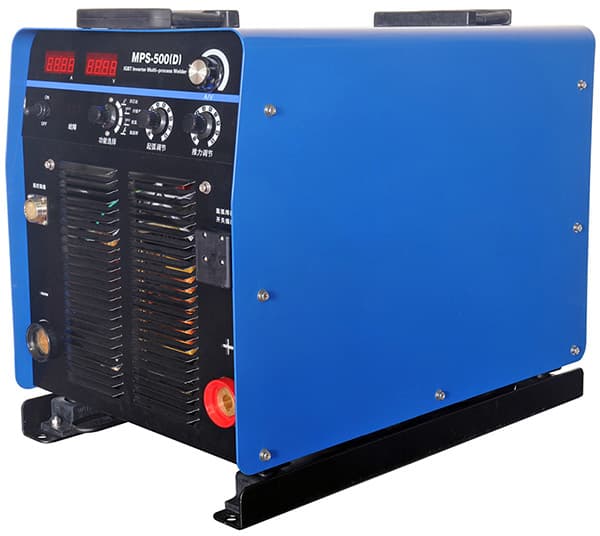
The differences between the inverter welder and the controllable silicon rectifier welder are as follows:

